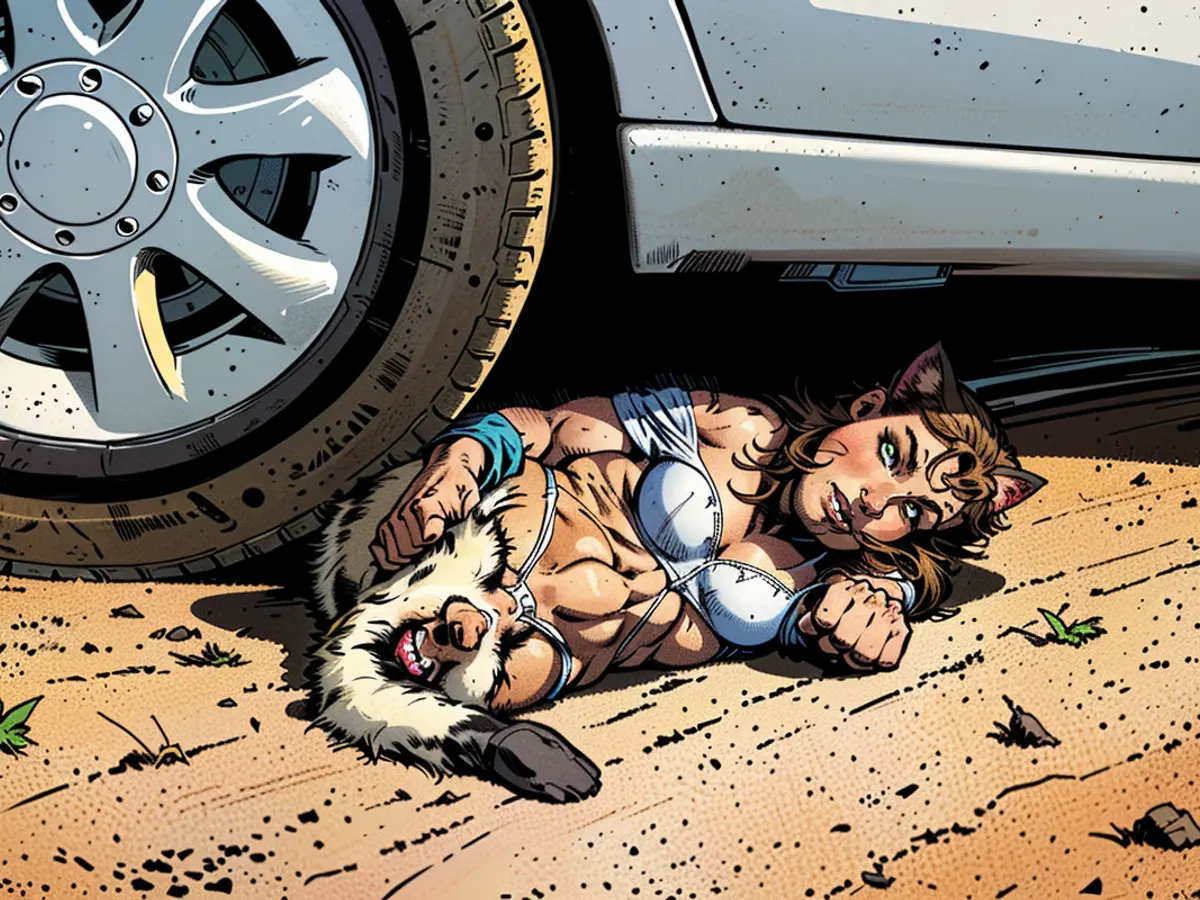Anatomical feature - Why cats have a little pot belly - and urgently need it
At some cats, it's particularly noticeable when they lie down on their side: A small belly protrudes indeed. It looks like an excess of skin or a fat fold with fur on top. Is it simply excess weight accumulating at that spot? Or was the cat's skin incorrectly sewn up after a surgery at the vet's office?
However, this is far from the truth – at least when it comes to a normal-weight cat. For this small belly bulge is quite normal in cats and even fulfills important anatomical functions. And it's not just domestic cats that have it, but also their wild relatives and ancestors such as wildcats or tigers.
The English have a much prettier word for the belly in cats
There are several expressions for the small pad on the underside of a domestic cat, two of which are Ur-Wampe or fat patch. In the English-speaking world, they speak of a "primordial pouch," which means "primordial pouch" or "Ur-pouch" and sounds significantly more elegant than anything with "Wampe."
Since we're not noble Englishmen, let's give it a try with the "fat patch" – and we come a bit closer to its function: For the additional skin flaps on the belly protect the cat's internal organs and act like a cushion, warding off attacks – for example, from blows by conspecifics or sharp claws. The cat thus has an extra protective layer at sensitive spots on its body through the small fat pad. Anyone who has ever witnessed a cat fight can imagine that an additional padding zone is a good idea.
Extra skin – the cat can stretch and climb better
However, the "Ur-wampe" serves not only to protect the cat, as explained in various articles. It actually gives domestic cats more freedom of movement. With the additional skin and the small fat pad, they can stretch and extend themselves better, which is particularly helpful when climbing.
Some people believe that the small fat fold on the belly in females is specifically related to being spayed (in other words, "not sewn up correctly after the operation"). That's not true, but the small "belly roll" only appears in adult cats. And the older the tomcat or the cat, the weaker its connective tissue. Furthermore, hormonal changes through spaying weaken the connective tissue even more and thus promote the formation of belly rolls, as the cat care Dortmund writes.
The small belly has nothing to do with obesity
Adult cats with a small belly bulge are usually healthy and well-built anatomically. Excess fat should not accumulate there. Obesity is just as unhealthy for cats as it is for humans. And if the belly swells or if one can feel changed tissue, one should definitely take the cat to the nearest veterinary clinic.
Sources: Cat care Dortmund, "Livescience.com,"
*In the photo series: Cats don't really have emotional outbursts. But even the coolest Mittens reveals herself through her body language and shows clear signs when she likes someone. Pay attention to these four gestures.
During a veterinary practice visit, it might be mistakenly assumed that a cat's flabby belly is a result of poorly sewn-up post-surgery skin, but this isn't typically the case for a normal-weight cat. Instead, the bulge is a natural feature, often referred to as a "primordial pouch" or "fat patch" in English, serving protective and mobility purposes.
In the wild savannah, even big cats like wildcats and tigers possess this unique belly feature. It's not exclusive to domesticated felines.
Pet owners might sometimes speculate whether a cat's belly bulge is linked to being spayed, but this is largely a myth. The formation of a "belly roll" in adult cats is not directly linked to the spaying procedure itself, but rather to aging and hormonal changes during the cat's life.






